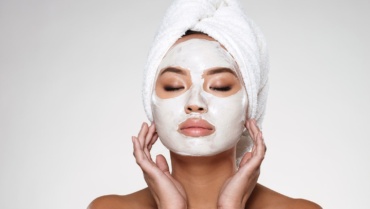Finding the right foundation cream is essential for achieving a flawless and natural-looking complexion. With countless options available in the market, it can be overwhelming to navigate through the various shades, finishes, and formulas. However, armed with some knowledge and a few key considerations, you can confidently choose the foundation cream that suits your skin type, desired coverage, and individual preferences. This article will guide you through the process of selecting your perfect foundation cream, helping you achieve a radiant and seamless base for your makeup look.
Understanding Your Skin Type: The first step in choosing the right foundation cream is understanding your skin type. Is your skin dry, oily, combination, or sensitive? Each skin type has unique needs and requires different formulations. For dry skin, opt for hydrating foundation creams with moisturizing properties. Oil-free and matte foundations work well for oily skin, controlling excess shine. Combination skin can benefit from lightweight, oil-balancing formulas, while sensitive skin may require hypoallergenic or fragrance-free options to minimize irritation.
Determining Your Undertone: Understanding your undertone is crucial for finding a foundation cream that matches your skin seamlessly. Undertones can be classified as warm (yellow or golden), cool (pink or blue), or neutral (a mix of warm and cool). To determine your undertone, observe the veins on your wrist: blue veins indicate cool undertones, green veins suggest warm undertones, and a mix of both signals a neutral undertone. Choosing a foundation cream with the appropriate undertone ensures a harmonious and natural-looking finish.
Selecting the Right Shade: Once you’ve identified your undertone, it’s time to find the perfect shade that matches your skin tone. Most foundation ranges offer a variety of shades, ranging from light to deep. It’s recommended to test shades on your jawline or the side of your face, in natural lighting, to find the closest match. Avoid testing on your hands or wrists, as they may have different tones. Consider whether you need a shade that is more yellow-based, pink-based, or neutral, based on your undertone. Some brands also provide shade-matching tools or online quizzes to help you find your ideal match.




Add Comment